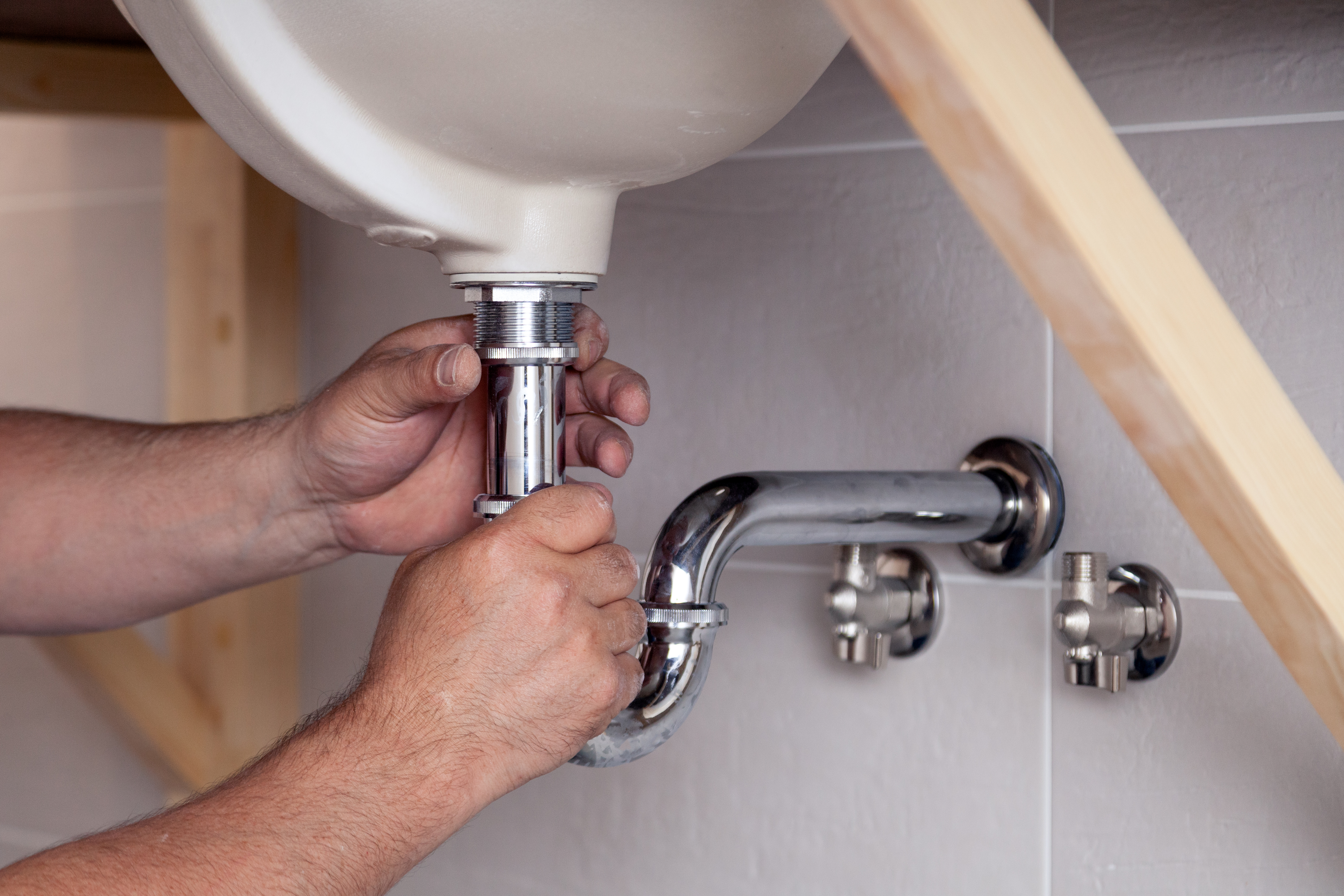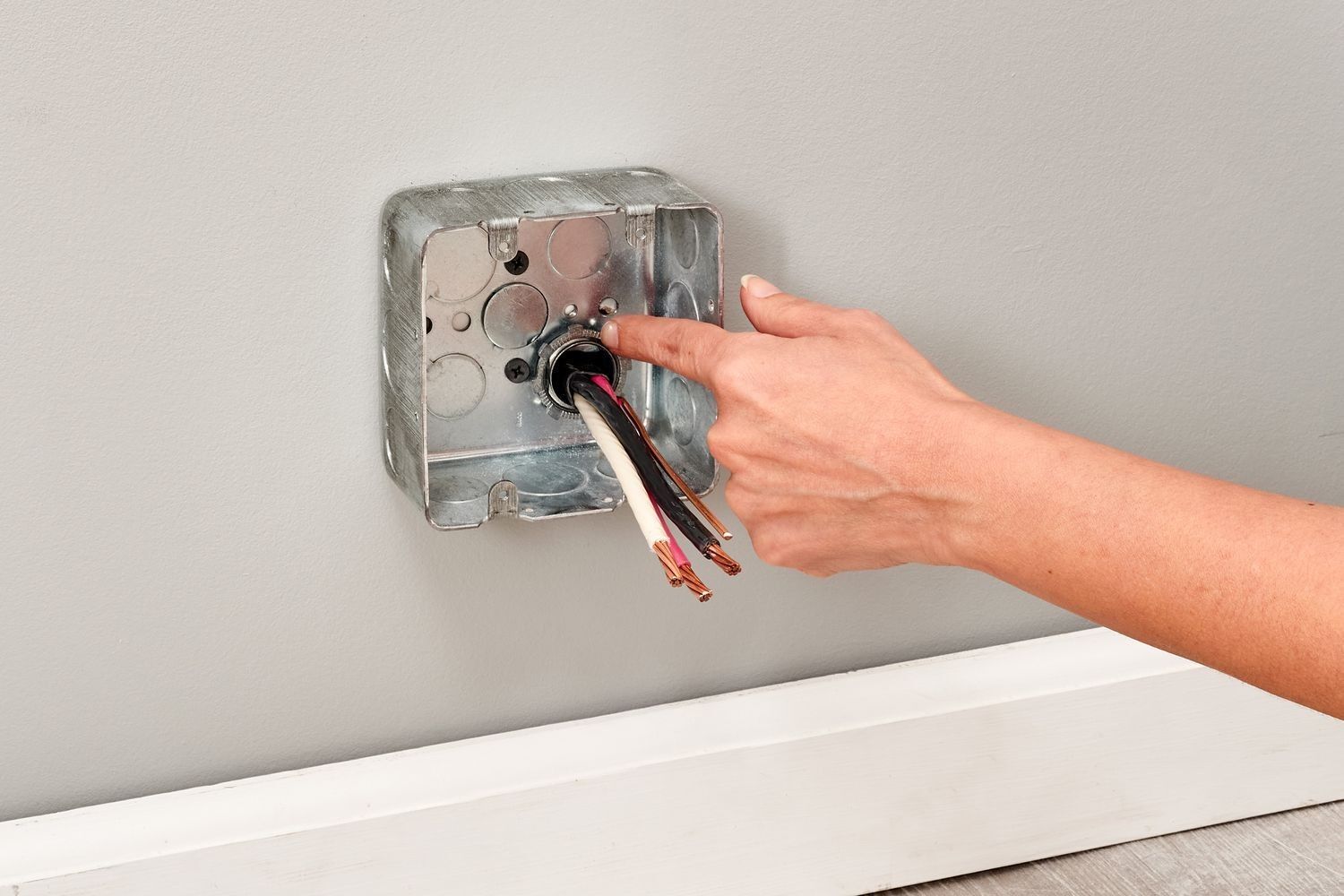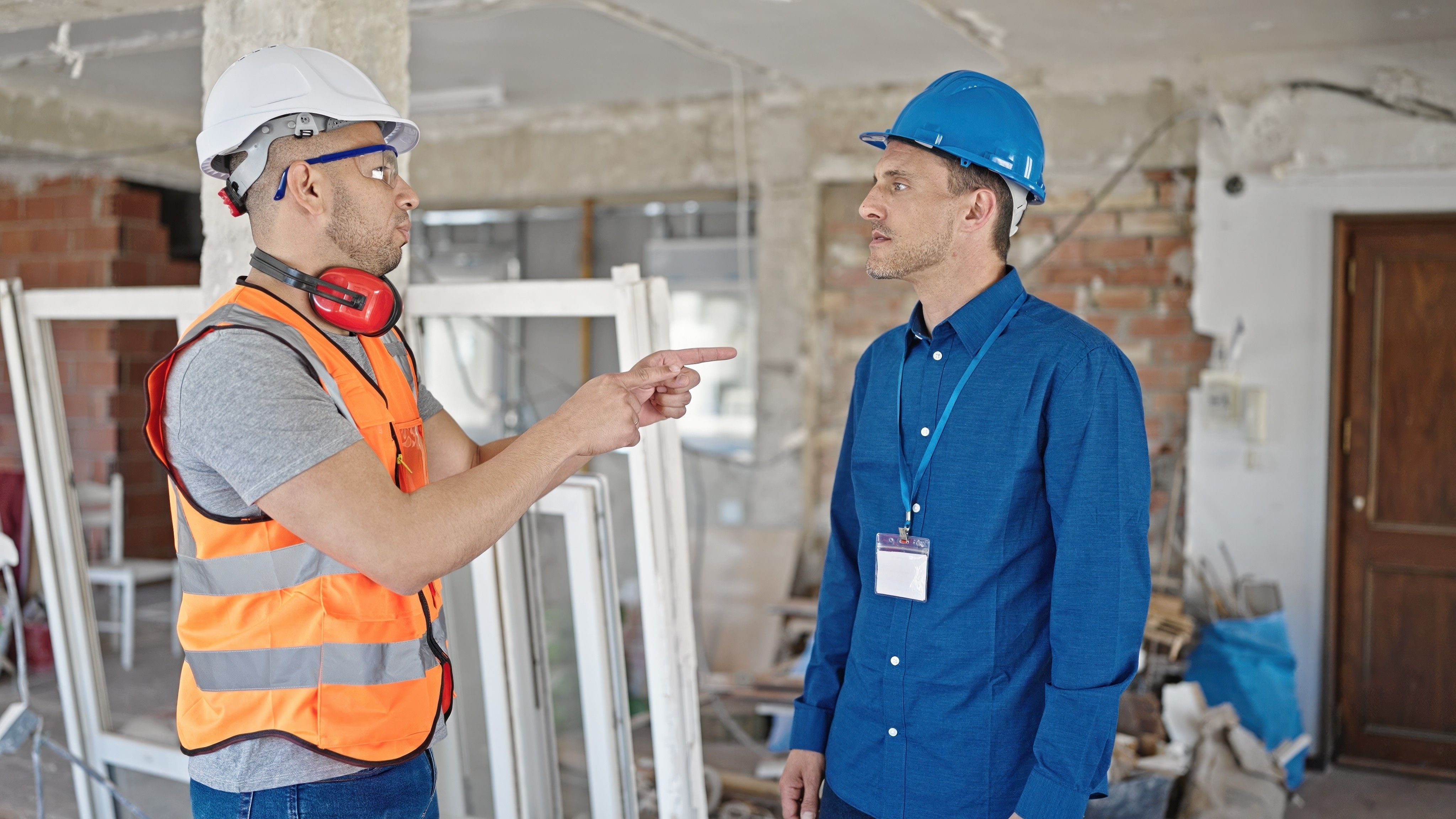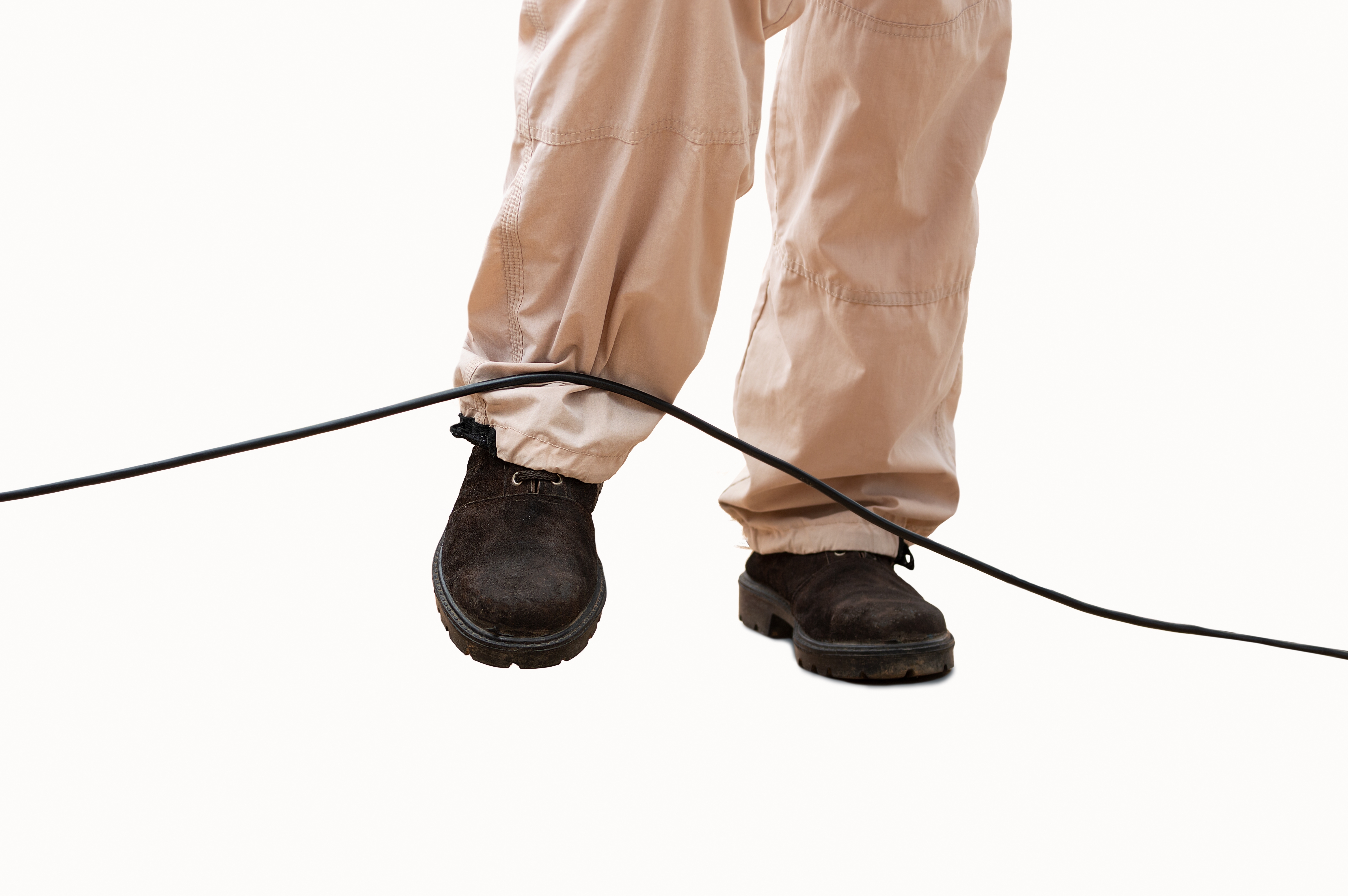WANT HELP?
512-399-4099
Municipal building codes prevent all trades outside of licensed plumbers from providing this service in a commercial capacity.
This is your safest bet, especially if you live in an older home. Rusty connections and deteriorated plumbing are a recipe for broken pipes or undetectable leaks. If you don't know what you're doing, better to call in a pro than risk extensive water damage.
If the pipes appear to be in good shape, disconnecting a sink and faucet is simple, and there are plenty of instructional videos on Youtube if you need a quick tutorial. Be sure to shut off the water underneath the sink, and have a bucket nearby to catch any pooled water within the pipes.

Municipal building codes only allow licensed electricians from engaging with these types of connections in a commercial capacity.
If you're not familiar with how to disconnect your hard-wired appliances, don't risk getting zapped or shorting an expensive appliance. Call a pro instead!
Disconnecting a hard-wired appliance is a quick task for an experienced DIYer. Watch a tutorial on Youtube or consult the appliance's instruction manual before proceeding. As with all electrical work, shut off power at the breaker box and test for a live current before handling wires. Take pictures before disconnecting, so that you have a reference when it comes time to reconnect the appliance.

Cooktop: Installers need to make sure it will fit within the cut-out they create in your counters
Slide-in range: Installers want the counters on each side of the slide-in range to sit flush against the range
Drop-in sinks: Installers need to make sure the sink fits inside of the cut-out they create in your counters
Undermount sinks: Installers will adhere the sink to the bottom of the countertop
Faucets: Installers will cut the holes for the faucet onsite. They need to know how big to make the holes and where to place them
Downdraft vents: Downdrafts extend through the countertop (as opposed to hood vents that hang from the ceiling). We'll need to verify that the countertop opening for the downdraft vent is the correct size
Air button garbage disposals: If your garbage disposal is controlled by a button on the surface of the countertop, it needs to be onsite so we can drill a hole for it
Integrated soap dispensers: If your soap dispenser will integrate into the countertop, we need to drill a hole for it
Side sprayers: If you have a sprayer that's not built into the faucet, you'll need an extra hole cut
Electric outlets: For full-height backsplashes and waterfall sides, we may need to cut openings for the electric outlets. All electric connections should be in place and the outlet boxes and covers onsite for installation

Access to the site: Countertops are heavy, fragile, and difficult to transport. Your driveway and hallways need to be clear of all obstacles.
Determination of liability: In the event that your home sustains accidental damage, you'll want to be clear as to which party bears the responsibility. If you have multiple crews of workers onsite at the same time, this task becomes more difficult.
Avoiding trip charges: If your countertop installers are delayed while other trades are completing their work, don't expect them to wait around. It wouldn't be fair to everyone else expecting installation that day. If your installers are forced to reschedule, you may be charged an additional trip fee.
Avoiding delays: Ironically, attempts to speed up a project's timeline more often than not, result in its delay. The best way to keep your project on track is to allow the various construction trades to complete their work unimpeded.

Allow driveway access: If your driveway provides the easiest access to the installation area, consider moving your vehicles so that the installers can unload in the driveway.
Clear ingress/egress of all obstructions: Anything that could create a trip and fall hazard e.g. rugs in the living room, kid's toys in the hallway, shoes in the mudroom, etc. should be removed as a safety precaution.
Determine the safest path: Consider the shortest and safest access route to the install area and tell your installers upon arrival. Whether it's through the garage, the french doors, or the front door, the most open and direct path is best.
Remove valuables from the access route: Temporarily relocate any artwork, furniture, and accessories from the vicinity of the access route.

For the safety of your pets: Heavy countertops pose a serious injury risk to humans, let alone animals.
For the safety of the installers: Animals are a tripping hazard which is extremely dangerous when transporting heavy materials.
To prevent runaways: Installers will be coming and going throughout the installation, creating the potential for pets to sneak through open doors.
To ensure timely completion: Countertop installers cannot resist cuddling your puppies and kittens.

To answer preference questions: Important preference questions such as the size of your countertop overhangs, or the type of sink cut you want will be answered well before the time of installation, but certain questions may arise that you should be present to answer. Questions that arise during installation usually relate to last minute additions to the project e.g., whether or not the stone in your shower niche should be "dog-eared", or if you need an outlet cut for the electrical work that took place after your official onsite measurement.
To learn: In certain instances, your installers may want to explain why they are performing tasks a certain way. For instance, your installer may want to explain his or her use of shims to level the countertop. By being present, the installer can place a level across your base cabinetry to demonstrate first-hand why shims are necessary.
To perform a final inspection: You are responsible for performing a final inspection. This is the best time to address any issues and ask any questions. If you are not present to perform a final inspection and the installers have to return at a later date to address your concerns, it may result in a trip charge.